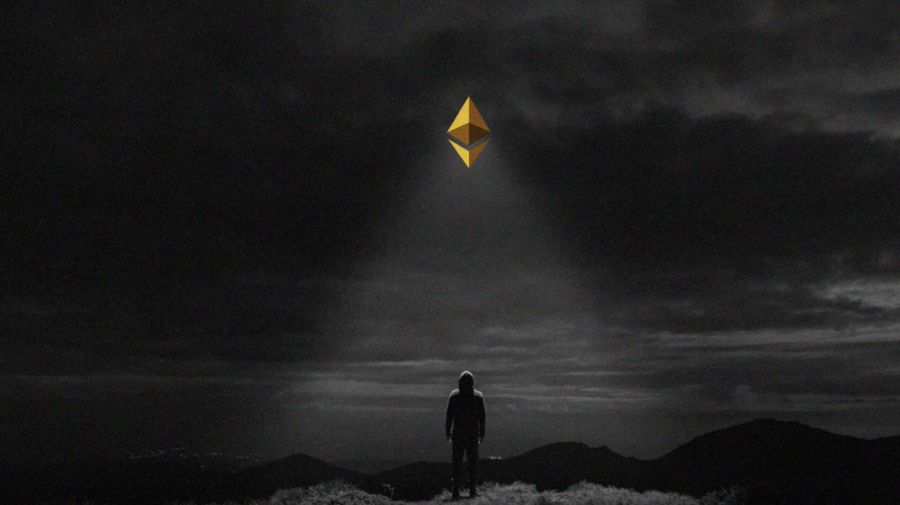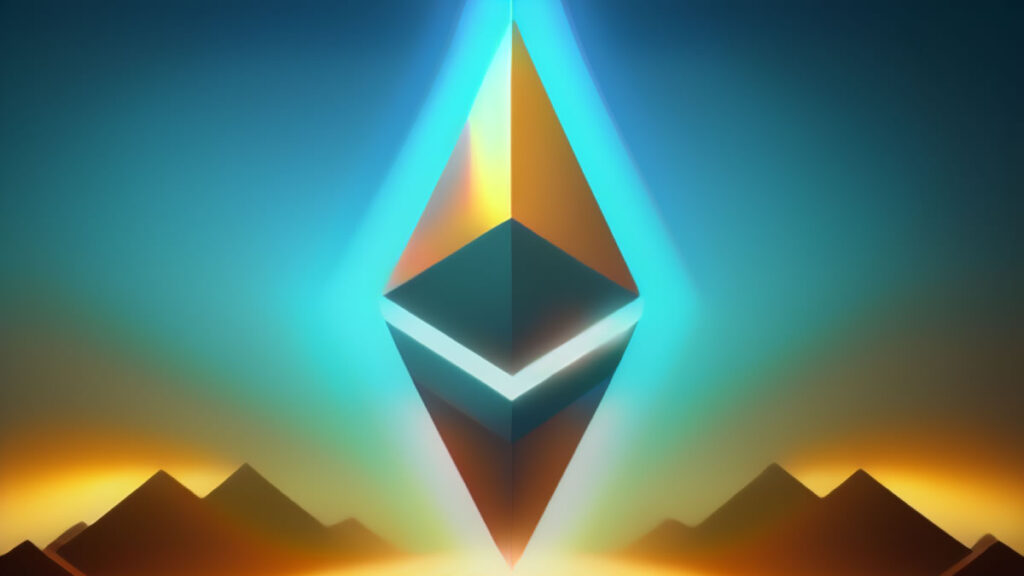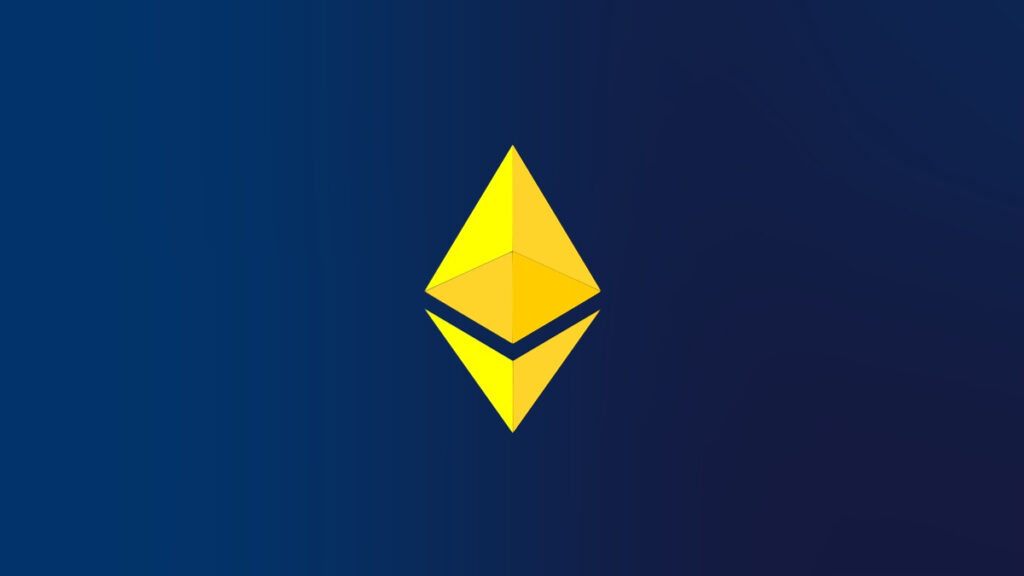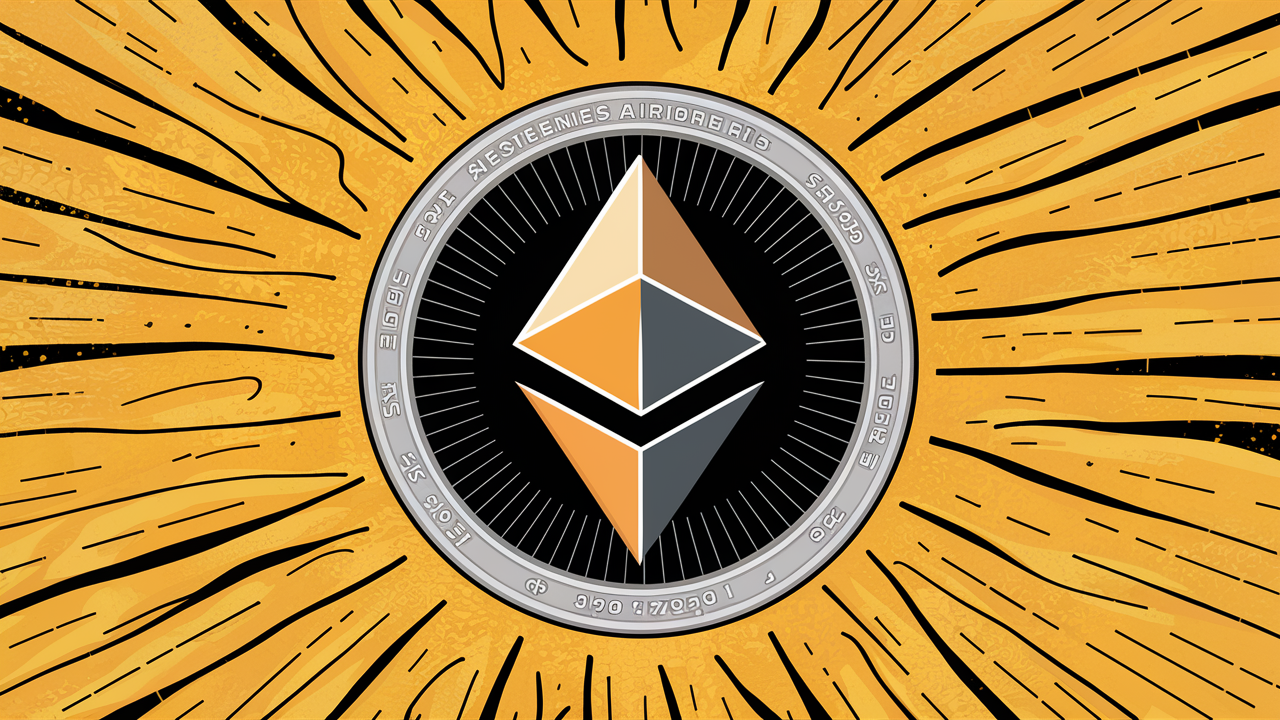CryptoPress
ETH 2.0 is closer than ever. A novelty that promises to revolutionize the crypto world with an evolution that, it is claimed, brings with it an Ethereum that, in many respects, will be simpler than its predecessor.
Current Ethereum users will not notice the difference as both versions will coexist for a considerable time as, as those responsible for the Ethereum Foundation assured, phase two consists of a solid long-term project.
In this regard, Justin Drake, from the Ethereum Foundation, assured that it is even very likely that there will be a 3.0 upgrade to solve any problems that may arise.
What is Eth2?
Ethereum 2.0 is a major upgrade to the Ethereum blockchain that aims to improve its scalability, accessibility, and transaction throughput. The upgrade is divided into three phases: Beacon Chain, The Merge, and Sharding. The Beacon Chain introduced Proof-of-Stake and acted as a precursor to future upgrades. The Merge combined the Beacon Chain with the mainnet and substantially improved energy efficiency. Sharding, expected in 2024, will horizontally split the database and work with layer 2 rollups. Sharding reduces storage costs and allows for wider network participation, decentralization, and improved security.
Ethereum 2.0 phases
Key takeaways:
- Ethereum 2.0 is divided into three phases: Beacon Chain, The Merge, and Sharding.
- The Beacon Chain introduced Proof-of-Stake and acted as a precursor to future upgrades.
- The Merge combined the Beacon Chain with the mainnet and substantially improved energy efficiency.
- Sharding, expected in 2024, will horizontally split the database and work with layer 2 rollups.
- Sharding reduces storage costs and allows for wider network participation, decentralization, and improved security.
Sources: Ethereum 2.0 at ethereum.org, consensys.net.
Ethereum 2.0 Upgrade List
| Name | Release date | Block no. or Beacon Chain epoch |
|---|---|---|
| Frontier | 30 July 2015 | 0 |
| Ice Age | 8 September 2015 | 200,000 |
| Homestead | 15 March 2016 | 1,150,000 |
| DAO fork | 20 July 2016 | 1,920,000 |
| Tangerine Whistle | 18 October 2016 | 2,463,000 |
| Spurious Dragon | 23 November 2016 | 2,675,000 |
| Byzantium | 16 October 2017 | 4,370,000 |
| Constantinople | 28 February 2019 | 7,280,000 |
| St. Petersburg | 28 February 2019 | 7,280,000 |
| Istanbul | 8 December 2019 | 9,069,000 |
| Phase 0 | 1 December 2020 | 0 (epoch) |
| Muir Glacier | 2 January 2020 | 9,200,000 |
| Berlin | 15 April 2021 | 12,244,000 |
| London | 5 August 2021 | 12,965,000 |
| Altair | 27 October 2021 | 74,240 (epoch) |
| Arrow Glacier | 8 December 2021 | 13,773,000 |
| Gray Glacier | 30 June 2022 | 15,050,000 |
| Bellatrix | 6 September 2022 | 144,896 (epoch) |
| Paris | 15 September 2022 | 15,537,394 |
| Shanghai | 12 April 2023 | 17.034.870 |
| Capella | 12 April 2023 | 6.209.536 |
ETH 2.0 countdown
When will Eth2 fully launch? It has been a few months now with no news of eth 2.0 and its anticipated features, which is slated to be more scalable and efficient than its predecessor (Ethereum). The future of blockchain technology might be just around the corner thanks to the developers dedicated to the cause, but from the outside, it can seem quite unclear.
DApp users are getting anxious in the face of delayed Eth2. Developers have also started operating their own independent test networks for the application they wish to launch. The waiting game has been on for a while now as we anticipate the fully launched version of the Ethereum2.0 network.
For those of us that keep up with the development of Ethereum, time is always a factor. Regardless if you are a full-time hodler or just simply follow the news/development updates — there is never enough time in the day.
Eth 2.0 countdown timer – Next upgrade: Dencun
The upcoming significant update for Ethereum is named Dencun. It will include proto-dank sharding, a feature designed to enhance scalability by improving fees and transaction durations. The specifics of the Dencun upgrade are still under development.
The Dencun upgrade is the next planned upgrade to the Ethereum blockchain, following the recent activation of Shanghai. The upgrade aims to decrease transaction costs and enable new use cases. It is expected to include several technical upgrades known as EIPs 6780, 6475, and 1153. The developers have said in the past that their aim is to push it live in the second half of 2023 (We take December 31, 2023 as the estimated date.). Dencun includes simultaneous upgrades happening on the two sides of the blockchain. The “Cancun” upgrade will happen on the execution layer, where all protocol rules reside, while the consensus layer, which makes sure that blocks are validated, will go through its own fork known as “Deneb”.
Ethereum Countdown final stage: Shard Chains
The end of the road to Ethereum 2.0 is the Ethereum shard chains, which will launch towards the end of 2024 (Approx.), increasing the capacity of the blockchain.
We take December 2024 as a probable date, although this is an estimate to give our Ethereum 2.0 timer a probable date for the Sharding phase.
ETH2 Staking
There are two types of staking programs that allow for large payouts: a worker-based stake (also called EPoS) and a time-based stake (also called ETH2).
The Eth2 staking system has been reworked to use a hybrid Proof of Work/Proof of Stake design. The new system is designed to place the control in the hands of a smaller pool of token holders and redistribute earned tokens amongst a wider range of members.
Starting with Eth2 staking, the funds will be accumulated using all of the ETH that is earned through block rewards and fees. This will allow for a larger number of projects to be funded than was possible with just donations. Once setup is implemented, staking should occur once per day at midnight, UTC.
To participate you pay a deposit in ETH to the smart contract, which is refunded to you at the end of the period. Each participant buys an amount of Eth2 based on his or her deposit; the more you deposit, the more Eth2 you are entitled to. You can claim your Eth2 at any time, but if there are more requests than there is available supply then users will be allocated it on a pro-rata basis.
If you stake Eth2 tokens on an annual basis, the rewards you can earn are calculated based on the number of tokens in your wallet and the length of the staking period.
The Shanghai upgrade is an update in the Ethereum network, also known as EIP 4895, which allows users to unlock their funds that were staked in ETH2.0. It specifically benefits users who sent their ETH before the implementation of proof-of-stake (PoS) in September. The upgrade, scheduled to begin on March 31, 2023, releases the collateralized ETH and prepares the project for future enhancements.
The Ethereum 2.0 upgrade, called “Serenity,” is a multi-phase upgrade package that will make Ethereum 2.0 more scalable and resilient. To put it simply, Serenity brings two significant changes to Ethereum: the shift of the blockchain from a proof-of-work (PoW) consensus method to a proof-of-stake (PoS) paradigm, and the introduction of Ethereum sharding. Serenity will be deployed in four stages due to the update’s complexity.
In this stage the proof-of-stake (PoS) consensus mechanism, which consumes over 99.9% less energy, will replace the proof-of-work (PoW) consensus mechanism on the Ethereum blockchain (and its native coin, ETH, or ether).
© 2024 Cryptopress. For informational purposes only, not offered as advice of any kind.
Latest Content
- Philippines Traders Fair 2024: Where Ambition and Expertise Unite
- Crypto Market Update: April 25, 2024
- Renzo’s Restaked ETH Depegs to $700: DeFi Platforms Gearbox and Morpho Face Liquidations
- Crypto Market Update: Insights and Trends for April 23, 2024
- On April 24, the $RTF Token from Oleksandr Usyk’s READY TO FIGHT Project Will be Listed on WhiteBIT
Related
- How to earn Bitcoins The most important standard mode for obtaining Bitcoins is by purchasing it on an exchange. Some people prefer to keep them for a while expecting the currency to appreciate, while others prefer to make the most of selling them when...
- Coinbox.org Adds Cryptocurrency Staking to The Wallet With Coinbox.org, users can now generate passive income – just by keepingcryptocurrencies in a special wallet. This new feature offered by Coinbox.org is called staking. It can be a great way for hodlers to increase their cryptocurrency assets easily and...
- PrimeXBT Analyst Expects Bitcoin To Hit DeFi-Powered Ethereum Success Although Bitcoin is the best performing asset of 2020, outperforming gold, stock indices, oil trading and anything else, Ethereum has outperformed the leading cryptocurrency by market capitalization by a wide margin....
- Ethereum moves firmly towards $500 With a recent ups and up to 8% its price is approaching a key resistance of USD 400 It is well known that Ethereum is the first beneficiary every time Bitcoin recovers. It is common during rising cycles, even in...







